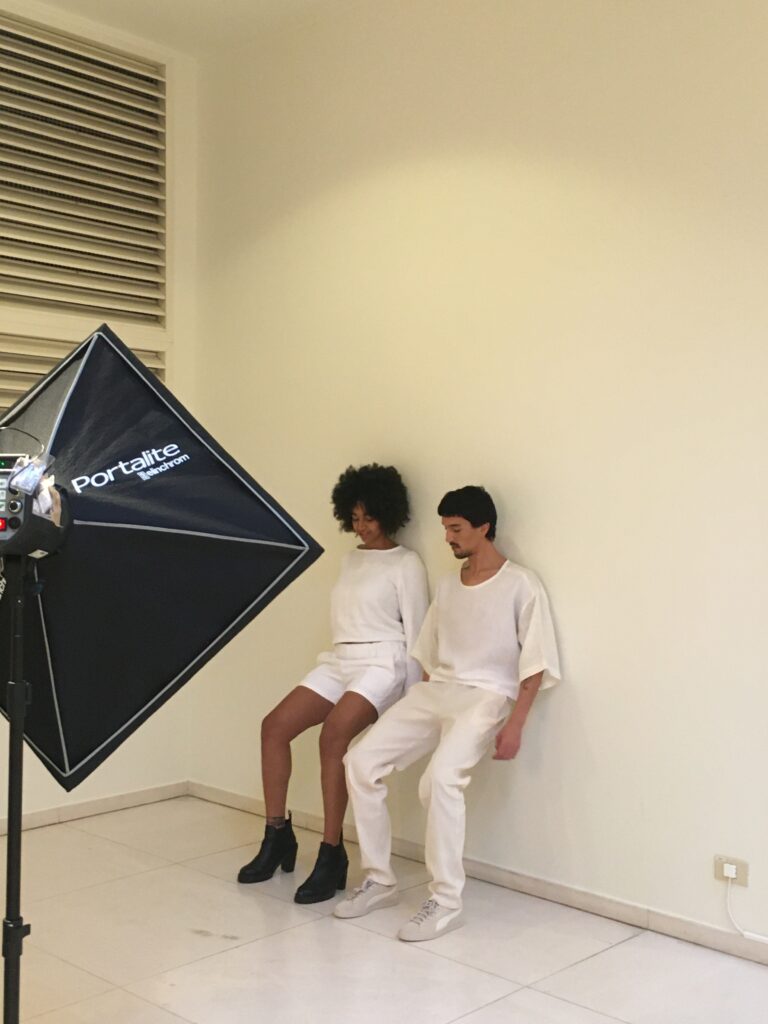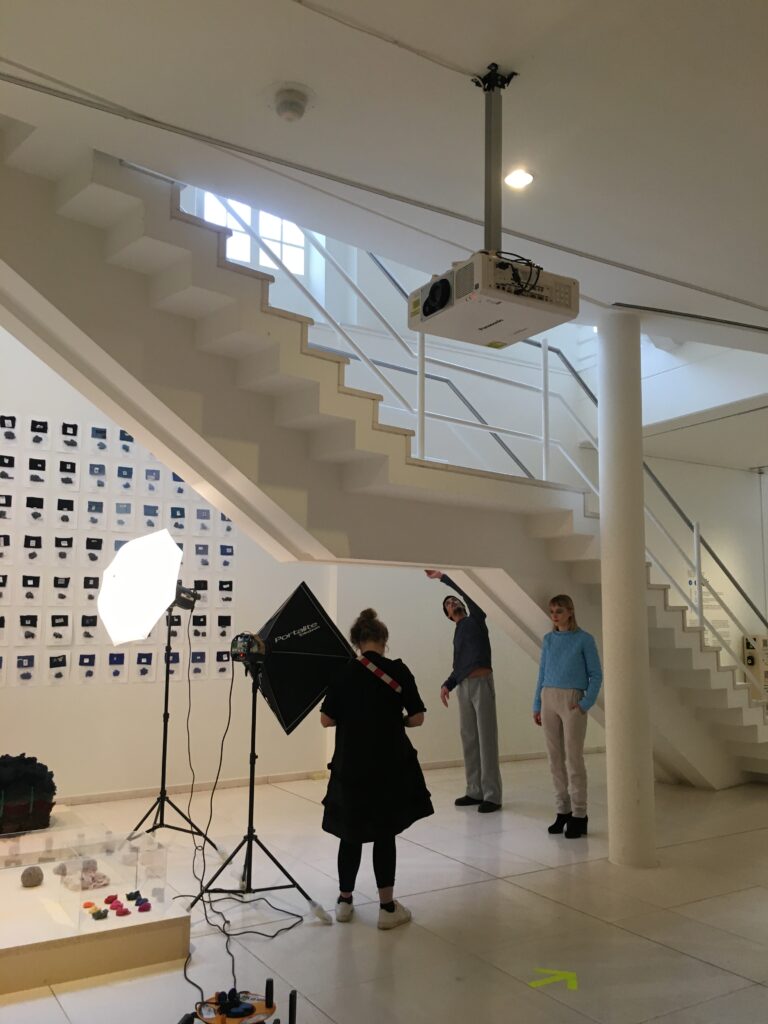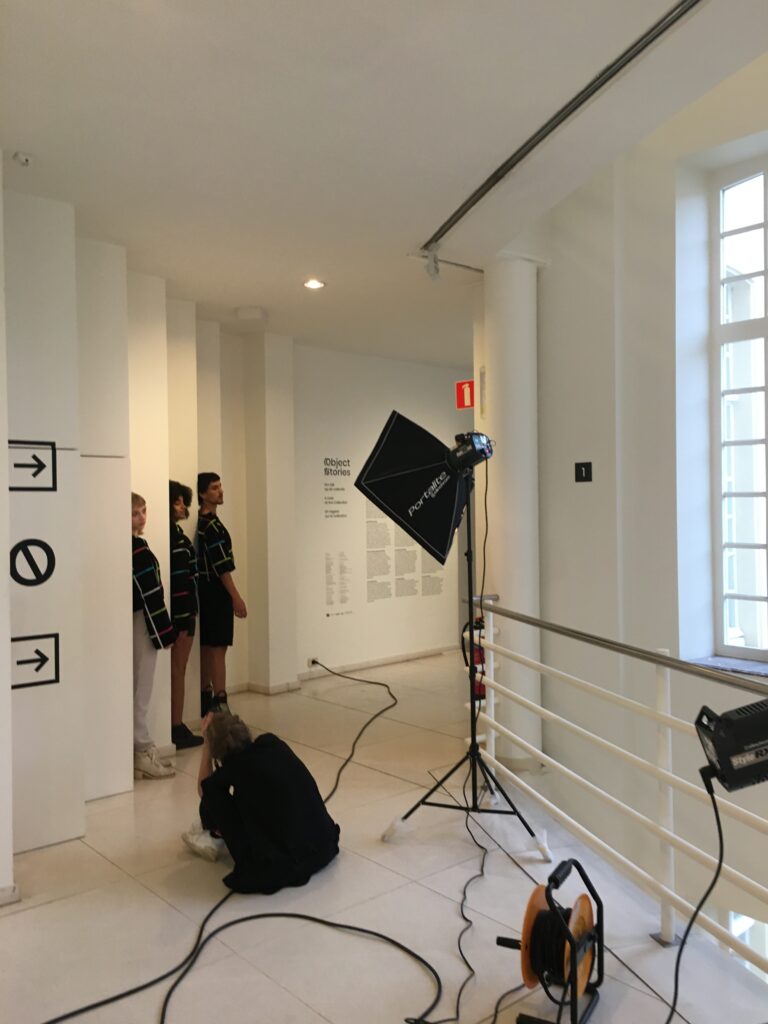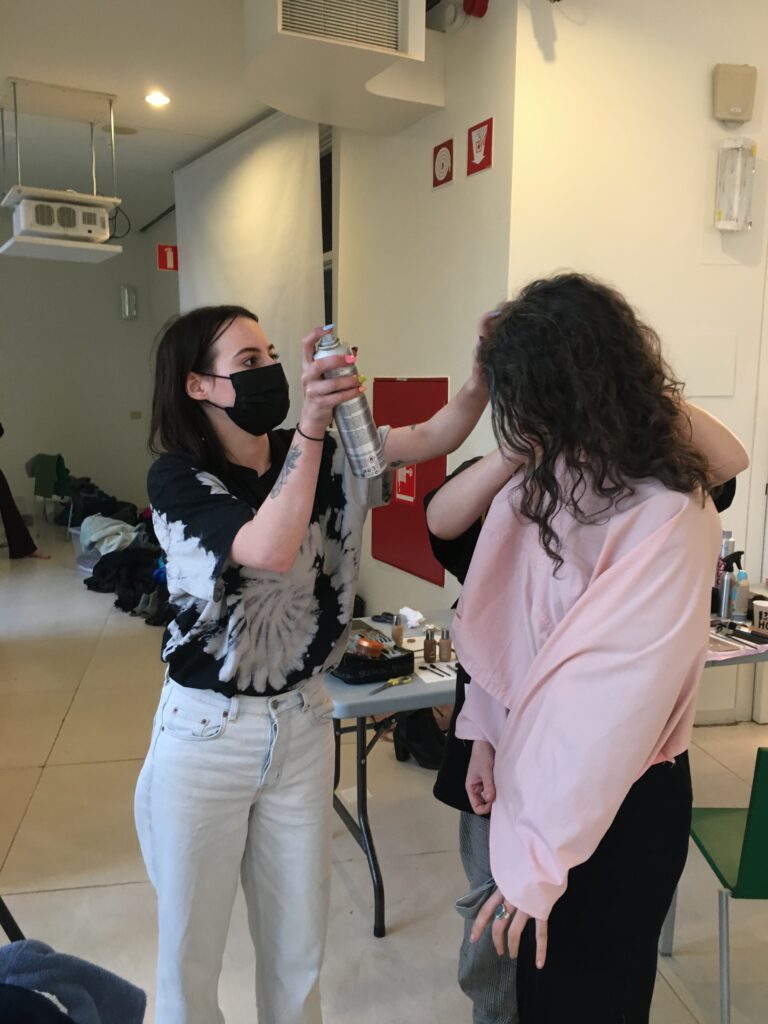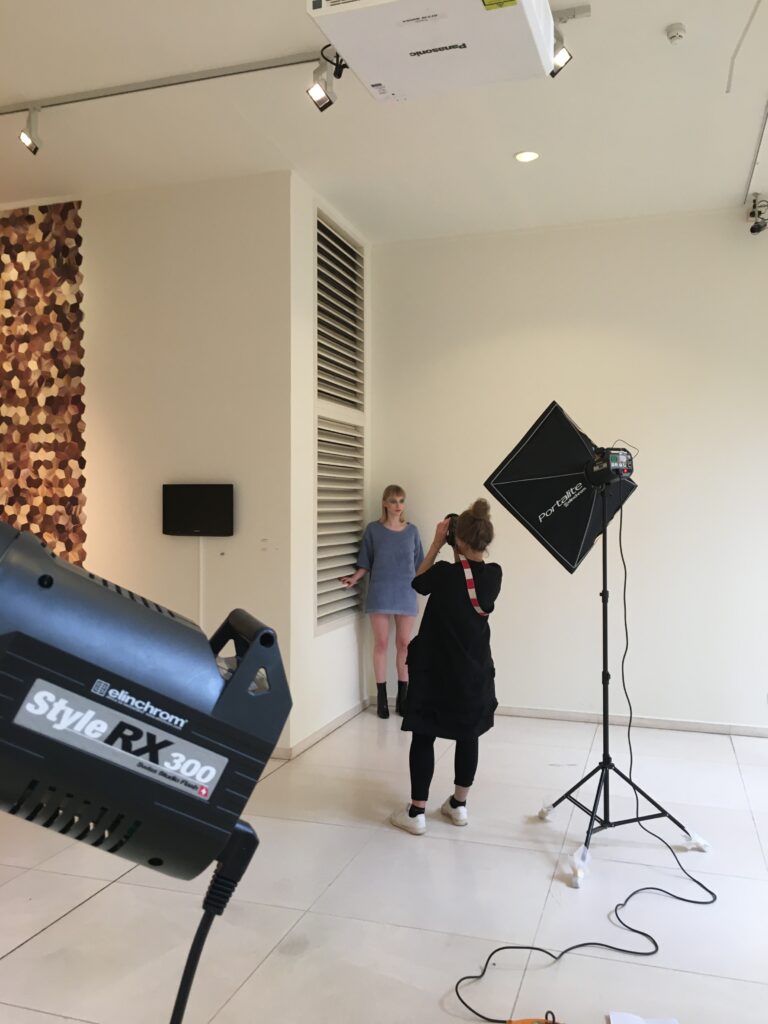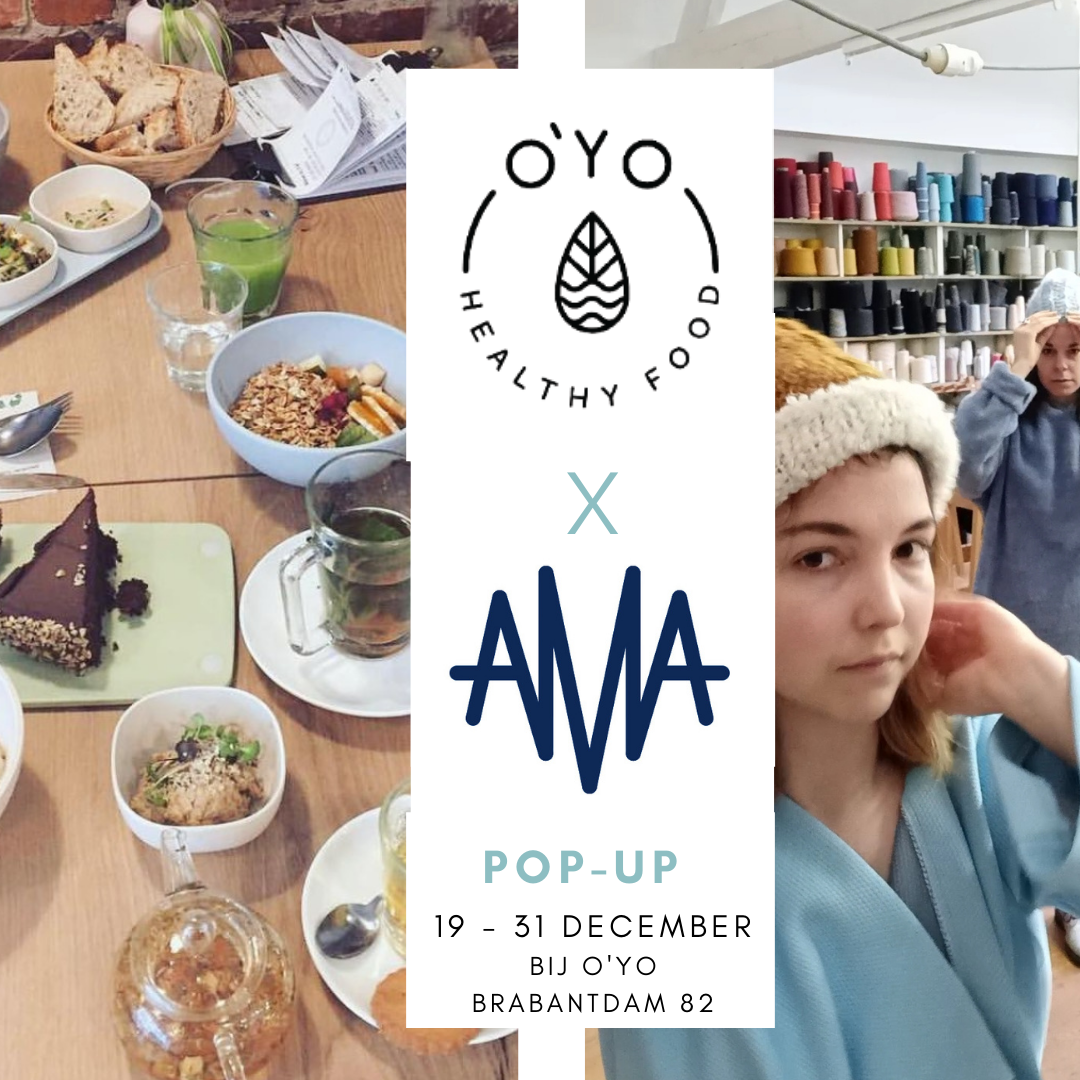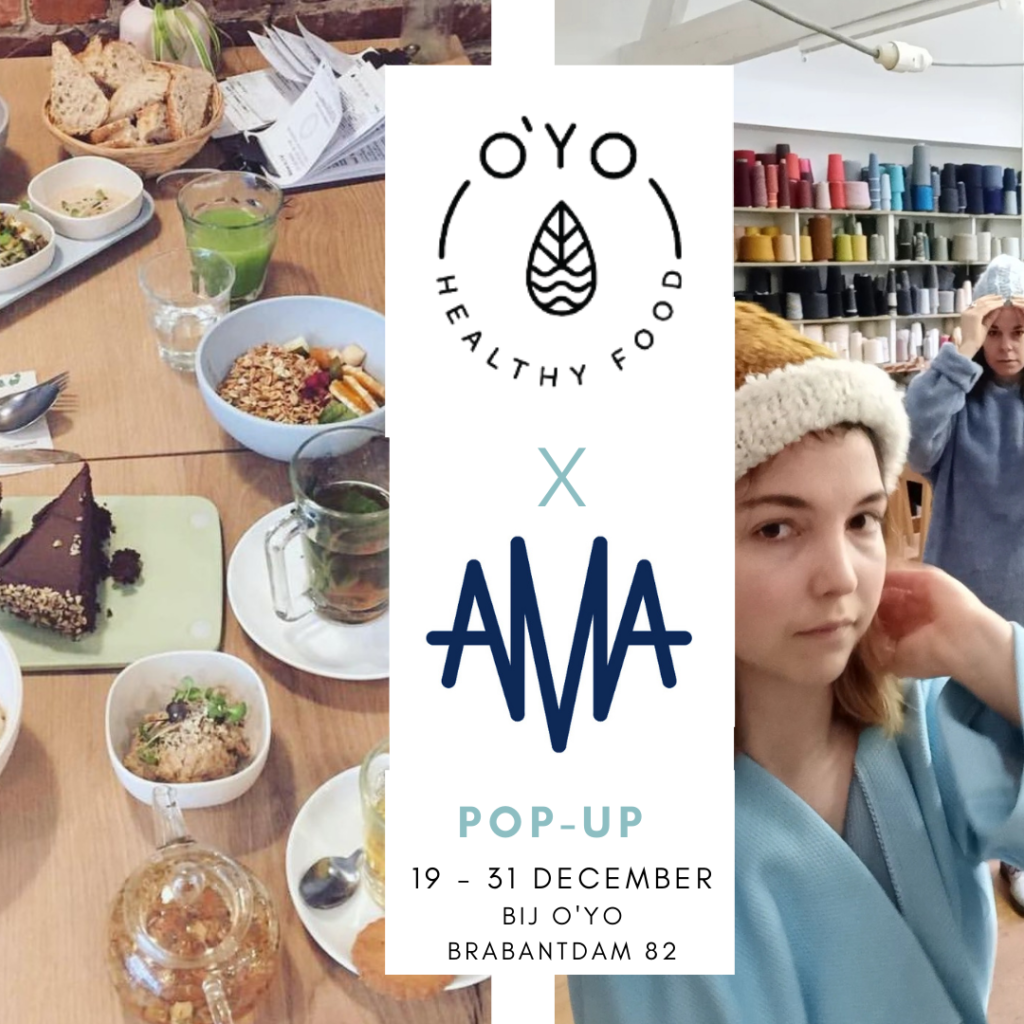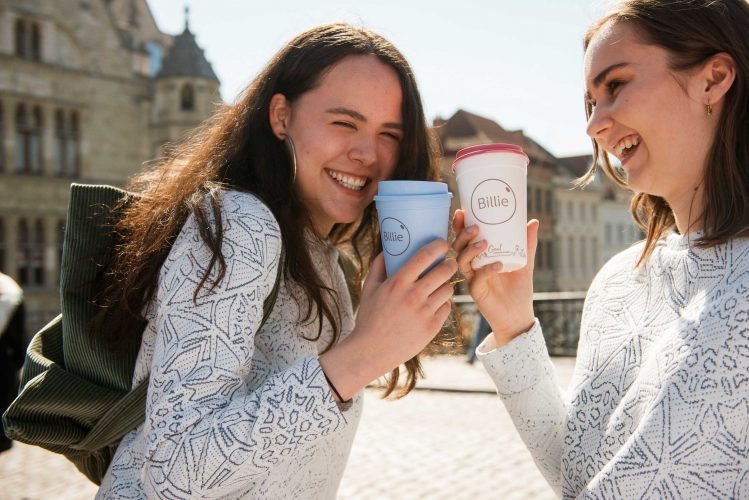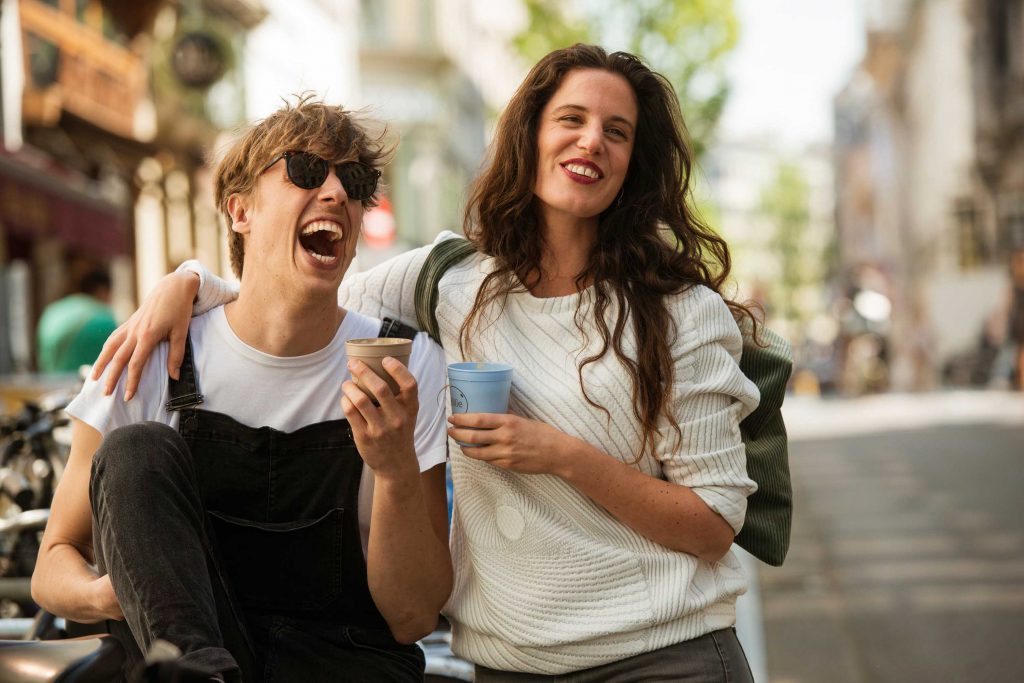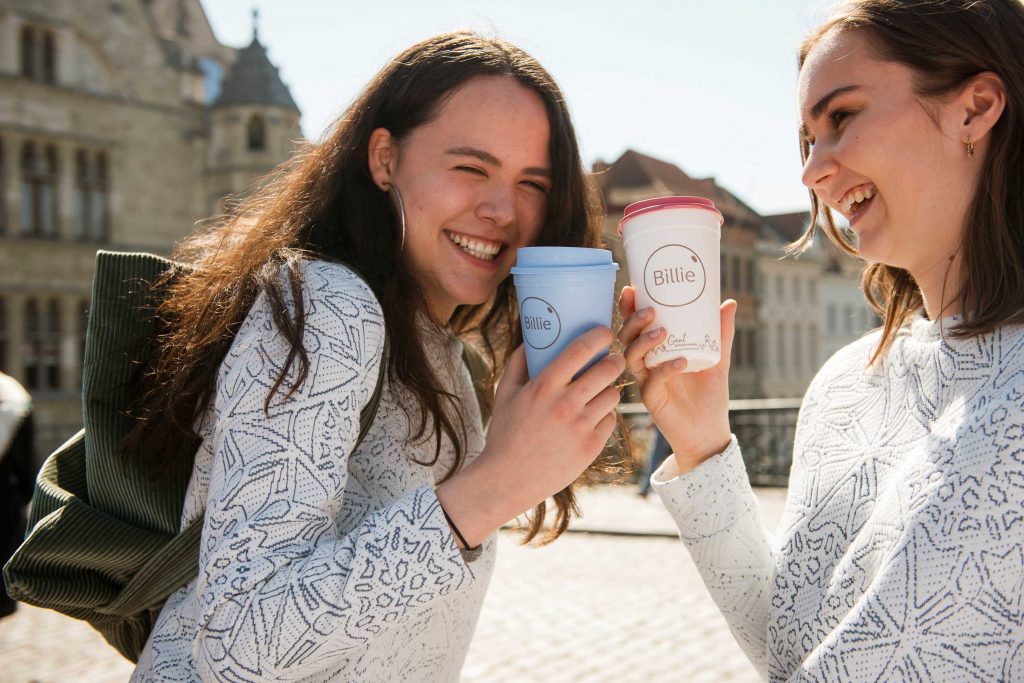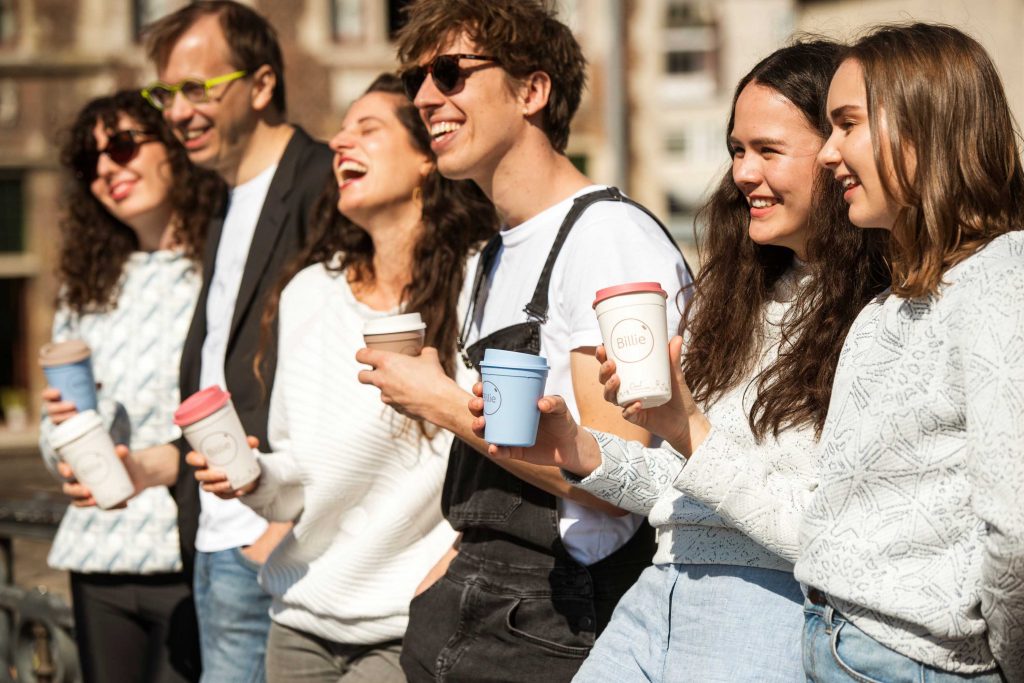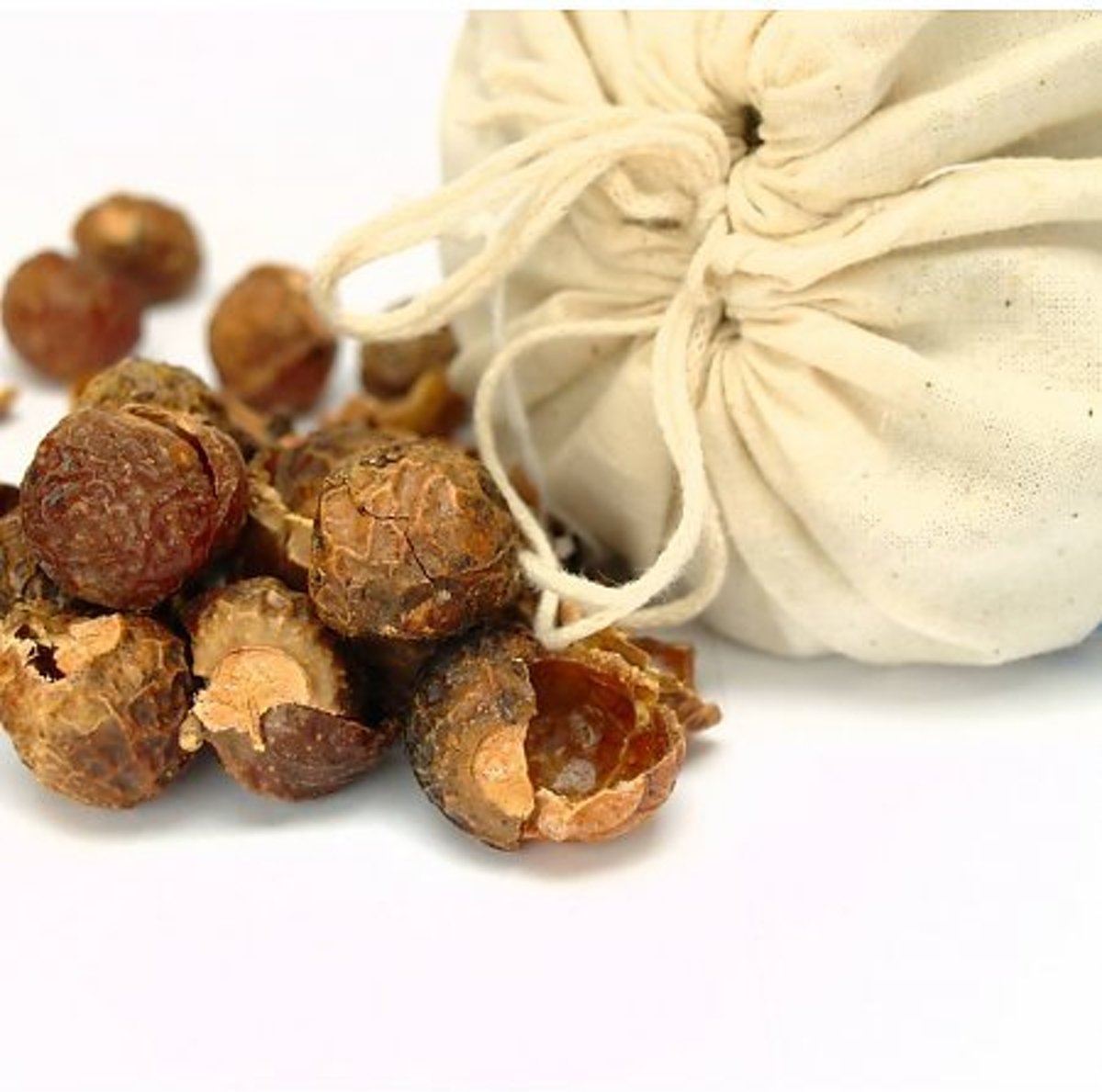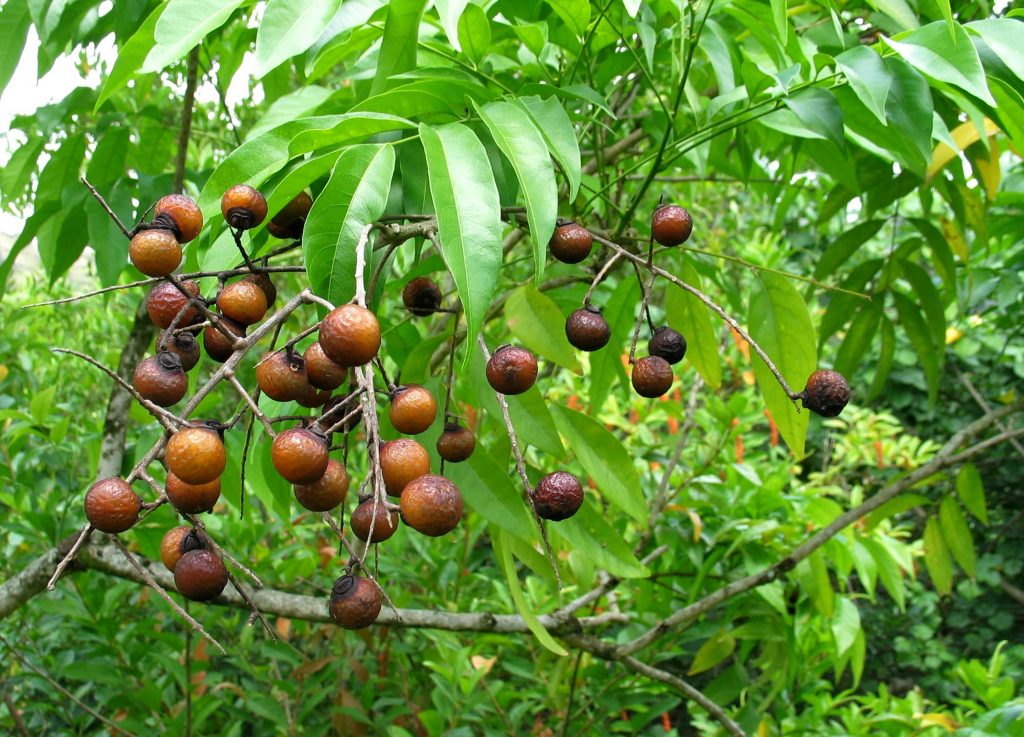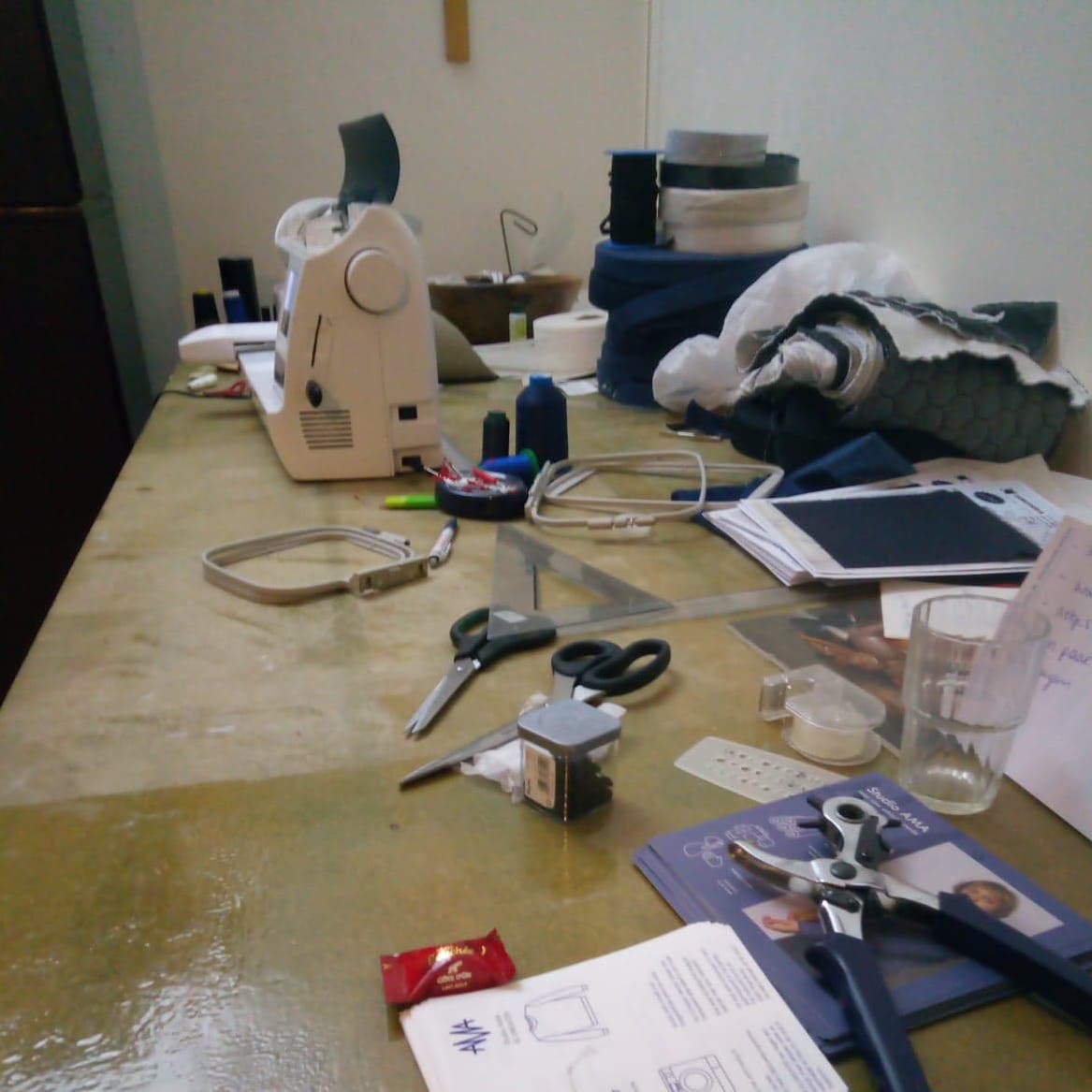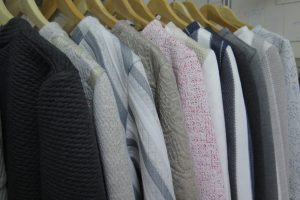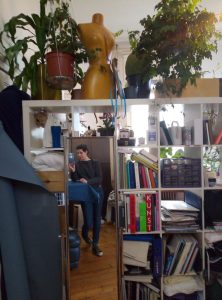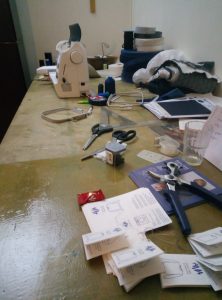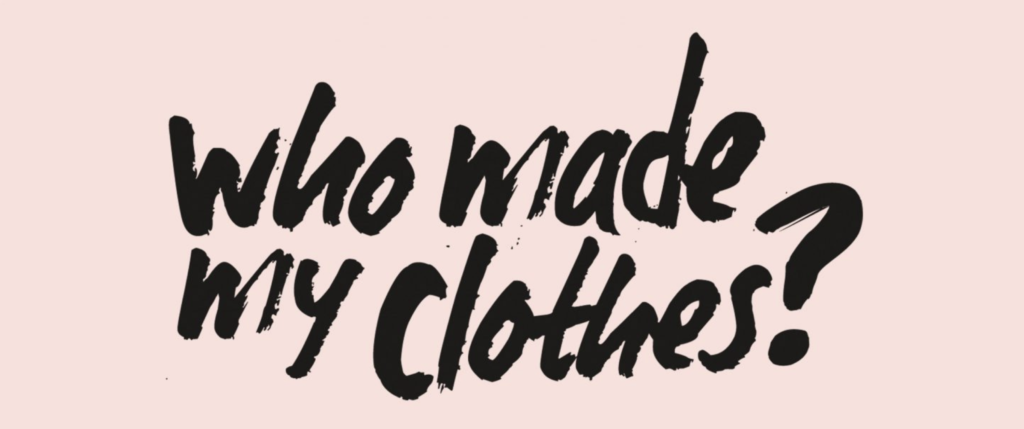
Sociale productie: wie maakt de AMA-collecties?
“Wie maakt mijn kleren?” Bij Studio AMA zijn we ervan overtuigd dat geïnformeerde keuzes betere keuzes zijn. Daarom zetten we graag in de kijker wie en waar de AMA-stuks maat gemaakt worden: de medewerkers van het maatwerkbedrijf vzw Zonnehoeve Production.
Transparantie is ook de belangrijkste boodschap van Fashion Revolution. De Fa’shion Revolution Week is de herdenkingsweek van de instorting van Rana Plaza. Meer dan 1300 kledingwerkers verloren het leven, meer dan 2500 mensen raakten (zwaar)gewond.
Korte keten
Zonnehoeve is een maatwerkbedrijf gelegen in Eke-Nazareth, op een boogscheut van ons atelier. Dit bedrijf heeft verschillende activiteiten, maar dus ook een textielafdeling met ervaren stiksters en stikkers. En laat ons ook de mensen die de stoffen knippen niet vergeten! De oplages die vzw Zonnehoeve maakt, passeren verder niet langs extra tussenschakels. Dankzij die korte keten slagen we erin transparantie te realiseren en dichter bij de eindconsument te staan.
Samenwerking op maat
Kleren maken was een nieuwe opdracht. Eerder gingen ze aan de slag met grote oplages van bijvoorbeeld kersenpitkussens en bedovertrekken. Kleren maken is een ander paar mouwen, een bijzondere uitdaging dus. Dankzij veelvuldig en zorgvuldig overleg maken we ontwerpen op maat van de mogelijkheden van het atelier. We startten met 1 ontwerp, BRAVO. Ondertussen maakte Zonnehoeve al 3 reeksen BRAVO, voegden we 21 ontwerpen toe aan de collectie en breidden we uit van 1 materiaal naar 5 verschillende materiaalstromen: matrassencover, linnen, interieurstof, handdoekstof en mannenhemden.
Sociale productie
Mensen leerden er nieuwe technieken, helemaal op maat van hen én de AMA-collectie. DIt is een solide samenwerking. Zo krijgen de maatwerkers de kans om bij te leren en wordt hun persoonlijke groei gestimuleerd. Grote doel hier: mensen met een afstand tot de arbeidsmarkt structureel aan een volwaardige, zinvolle job helpen. Win – win – winsituatie.
Duurzaamheid staat bij alle partijen centraal. Goed samenwerken ook.
Ben je benieuwd hoe het er achter de schermen aan toe gaat? Bekijk dan deze video:


